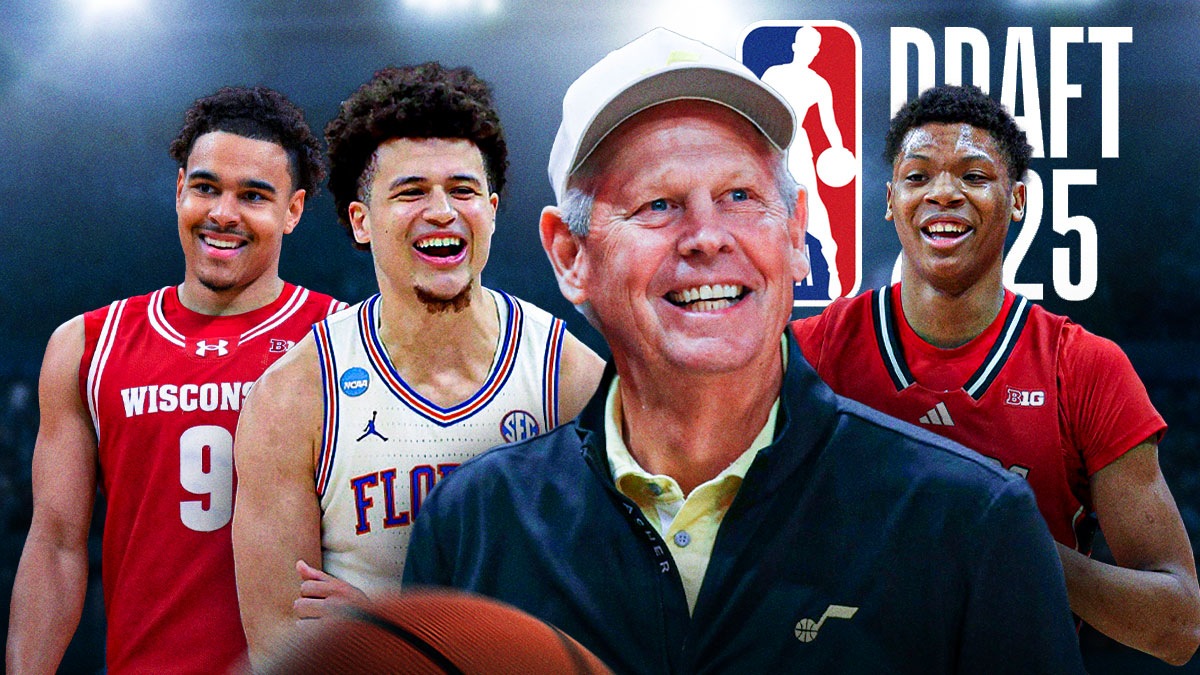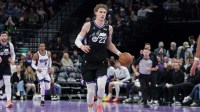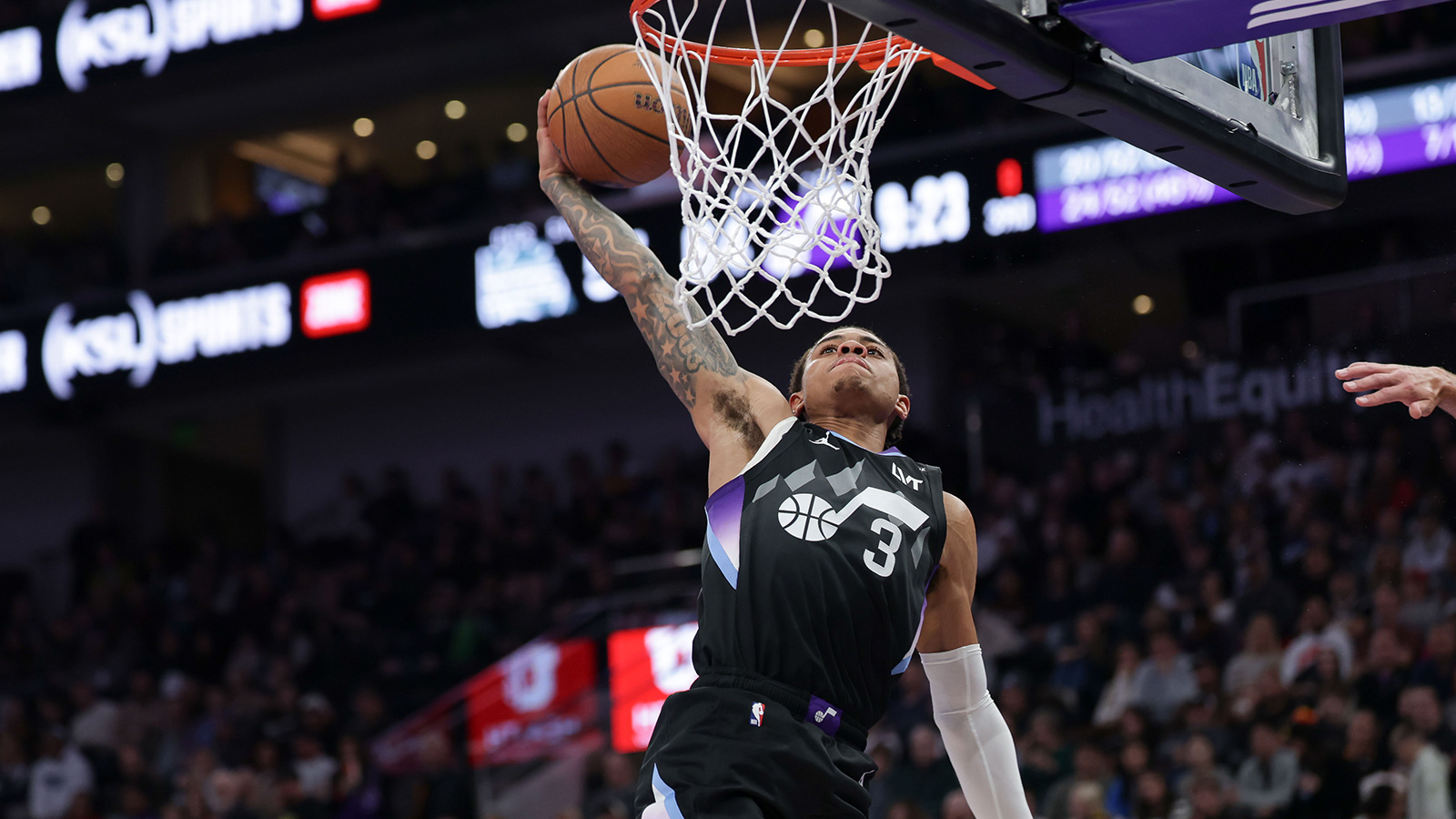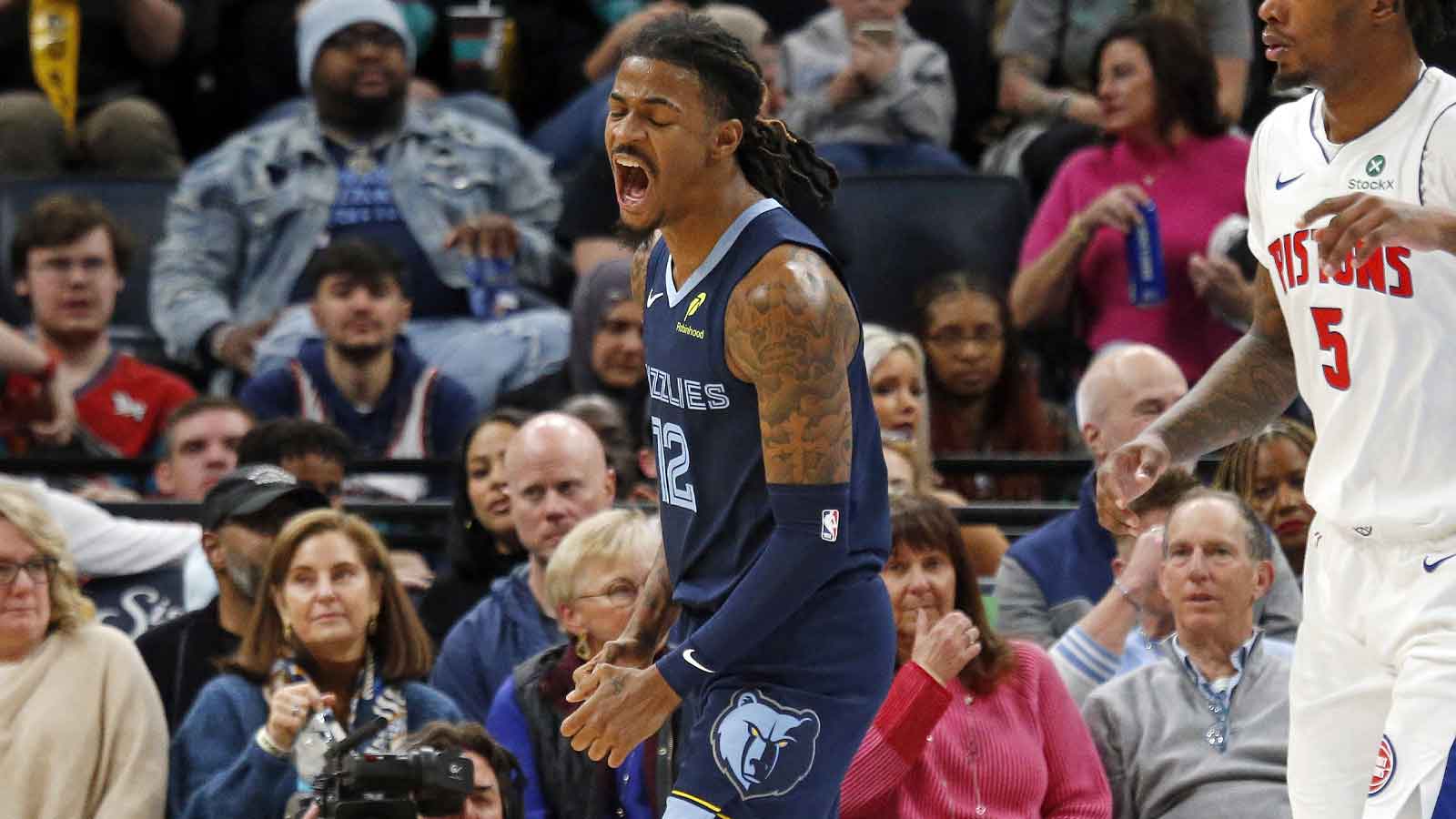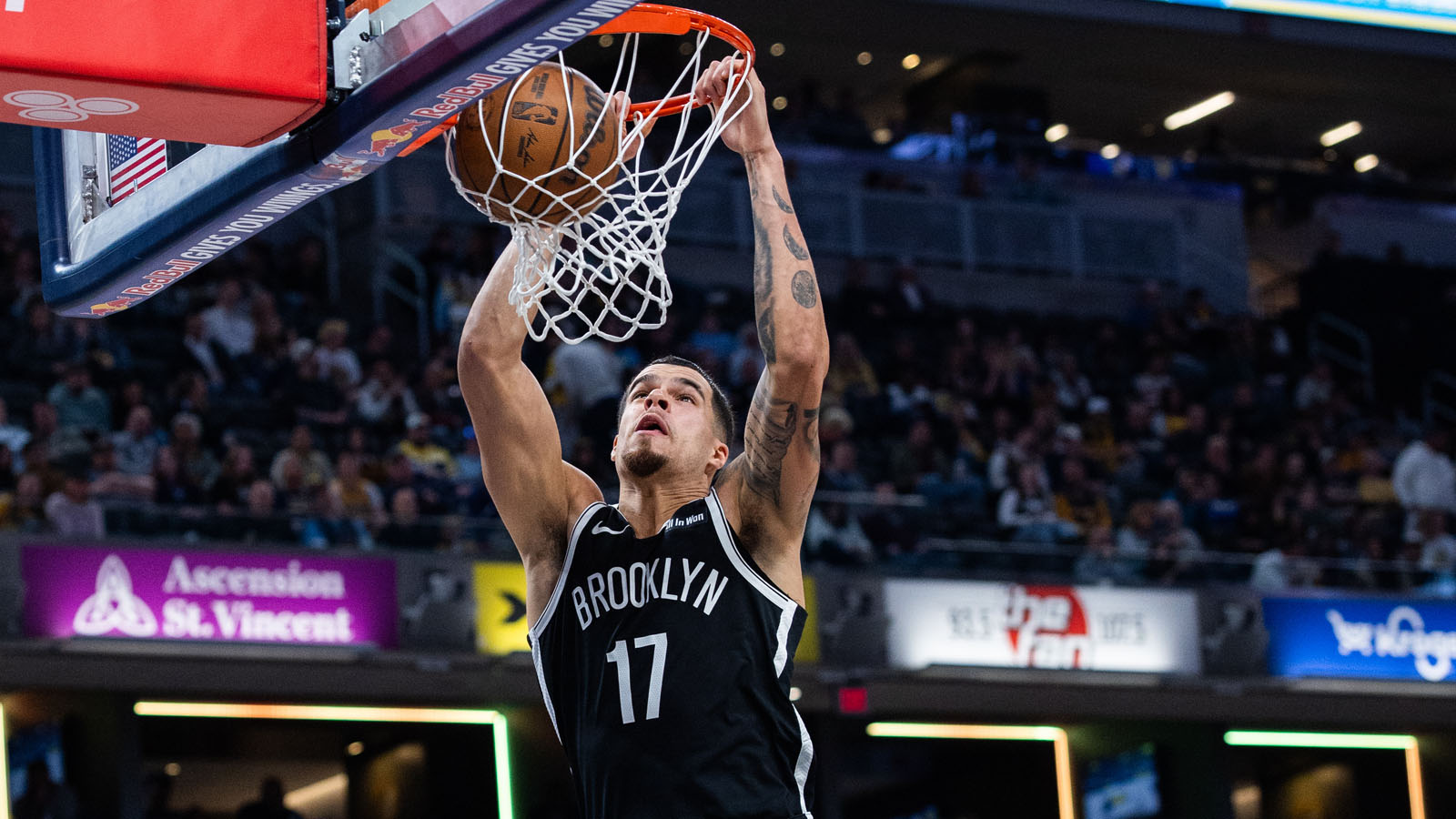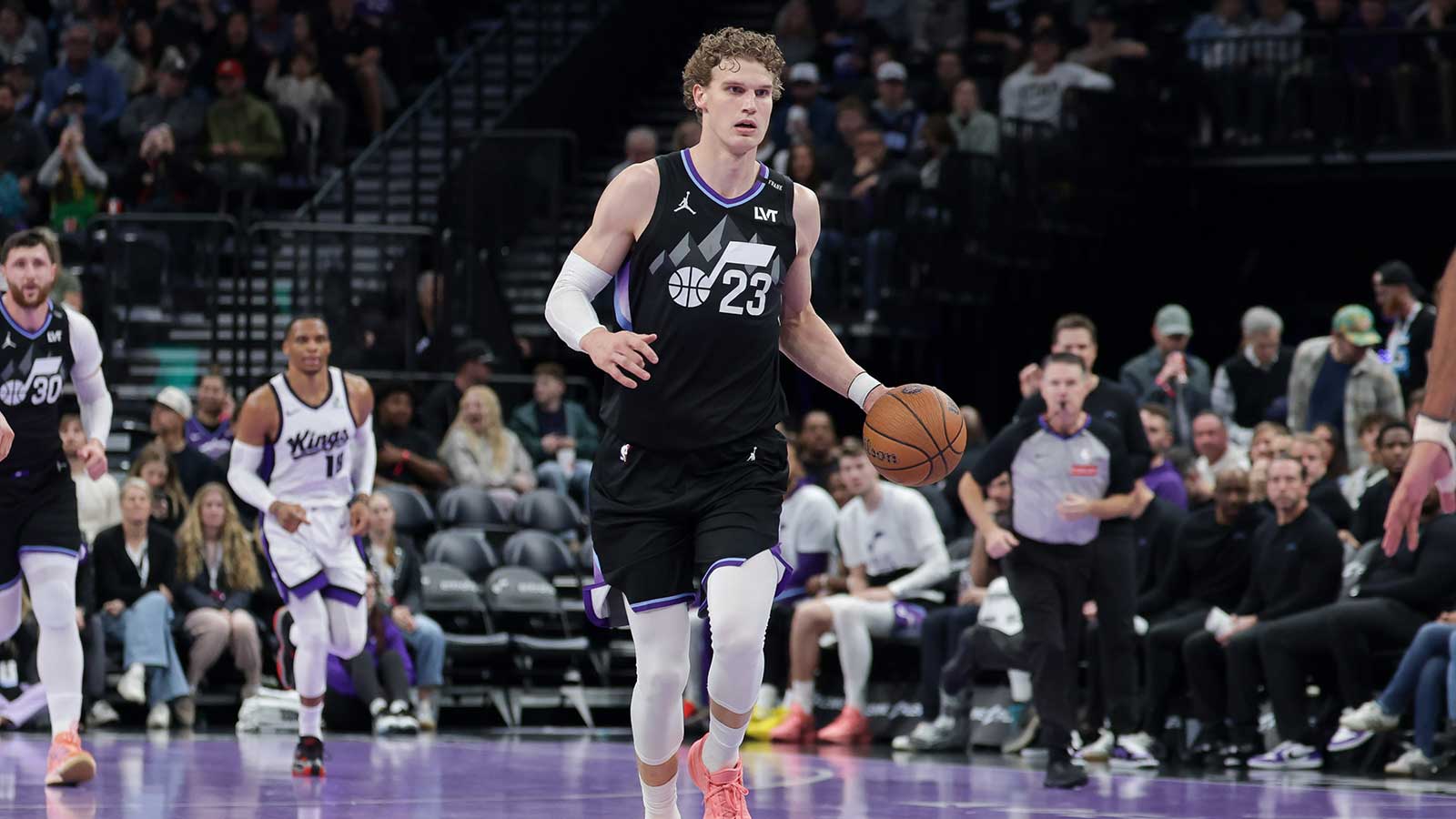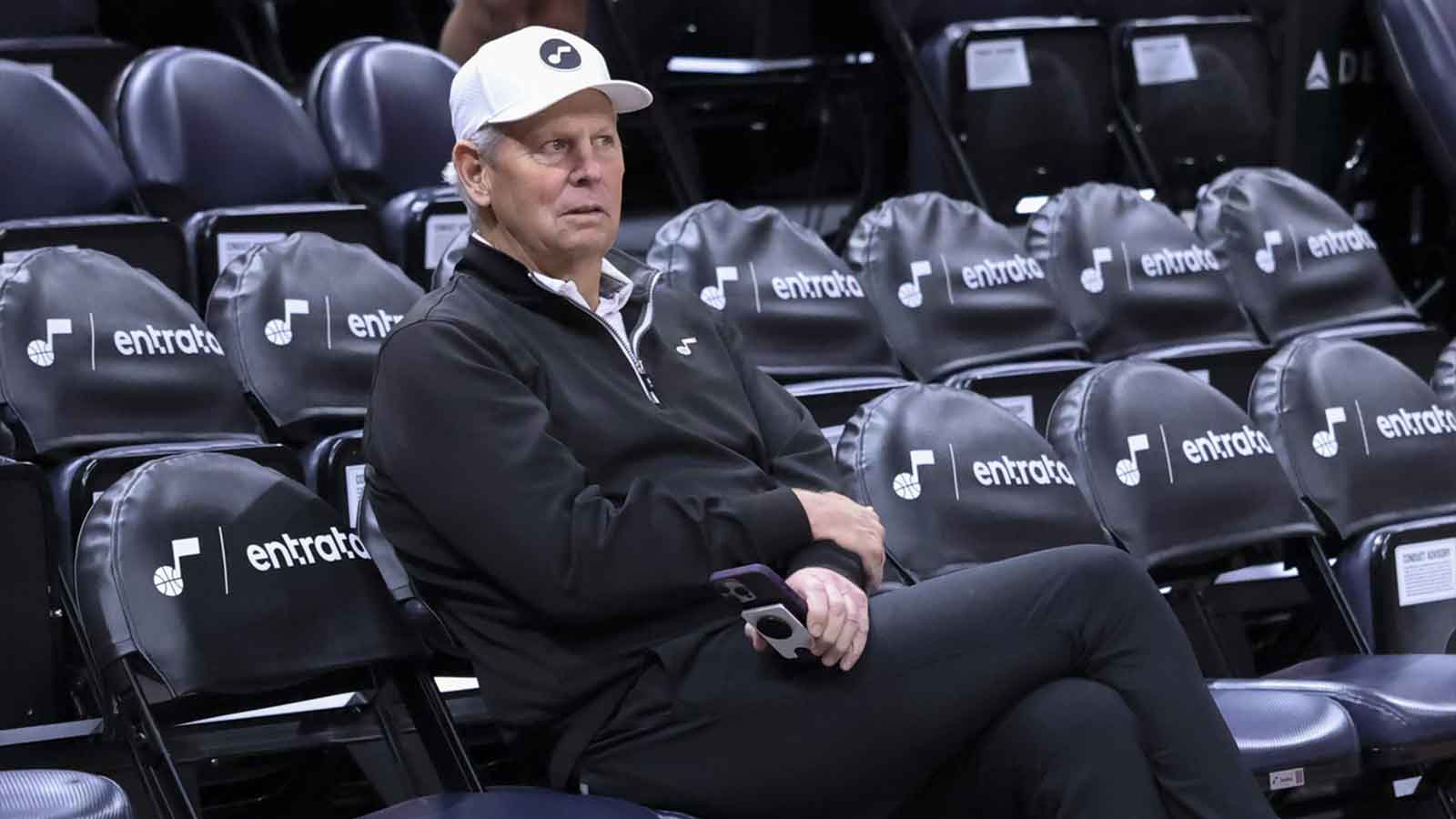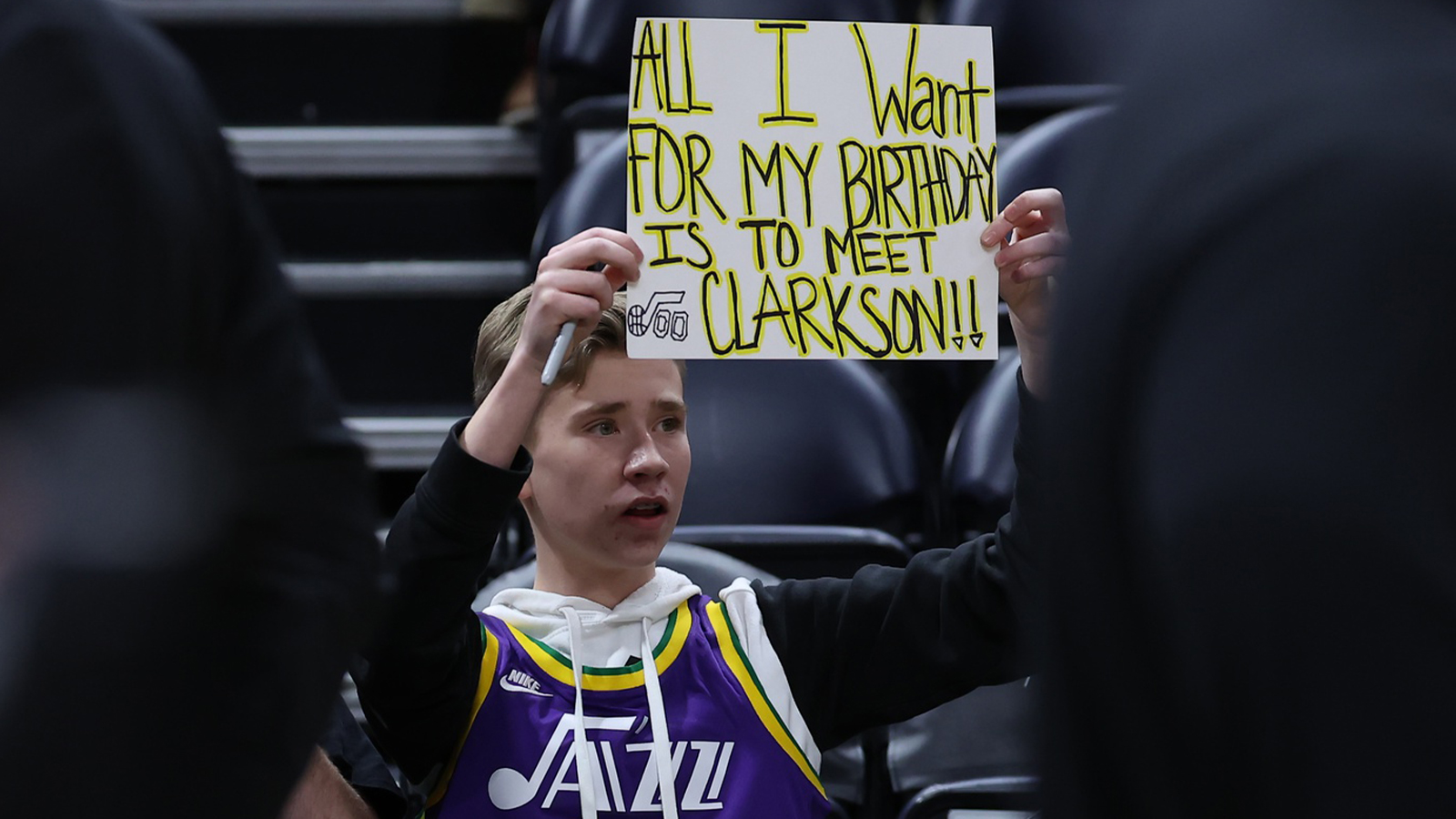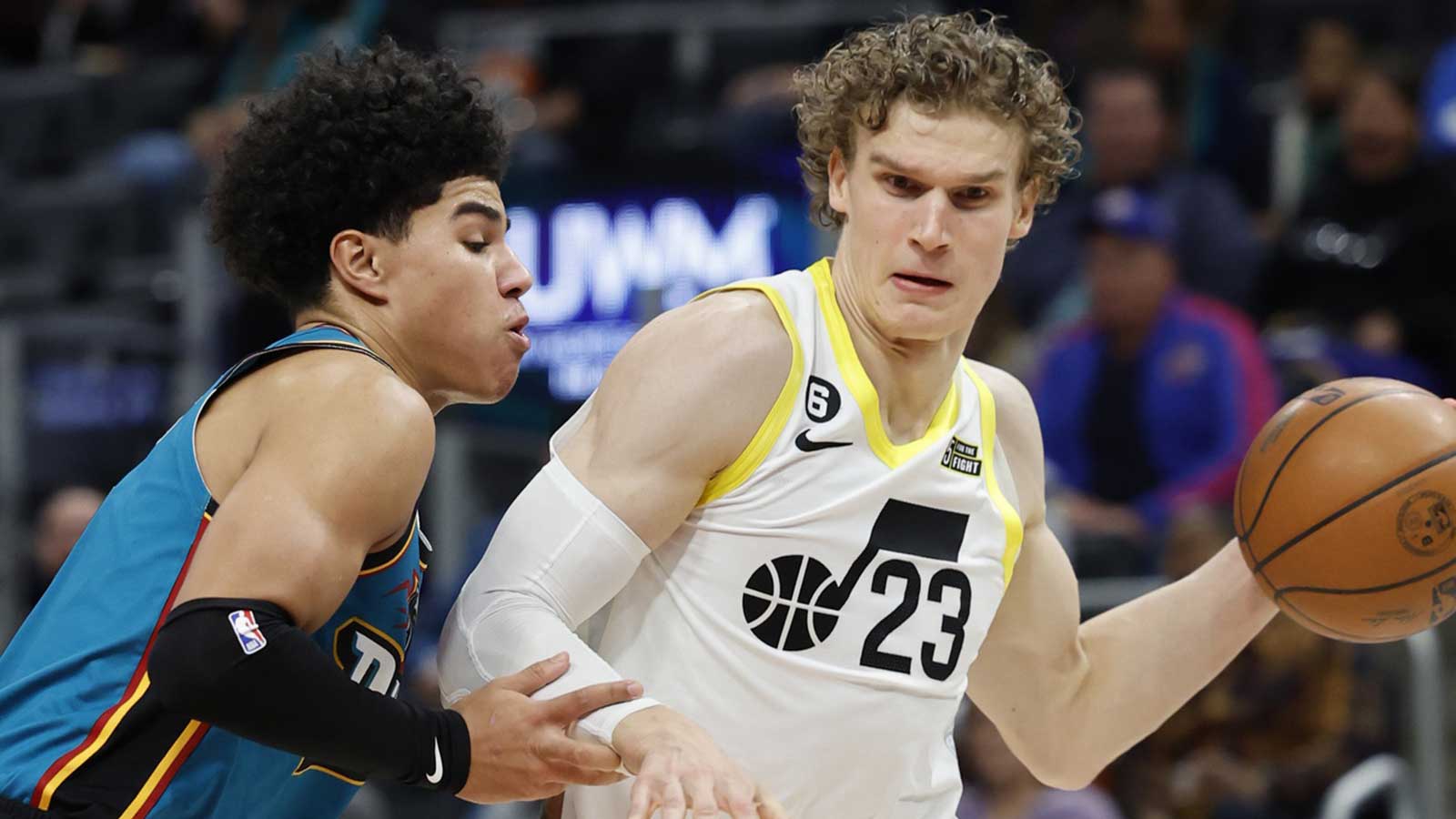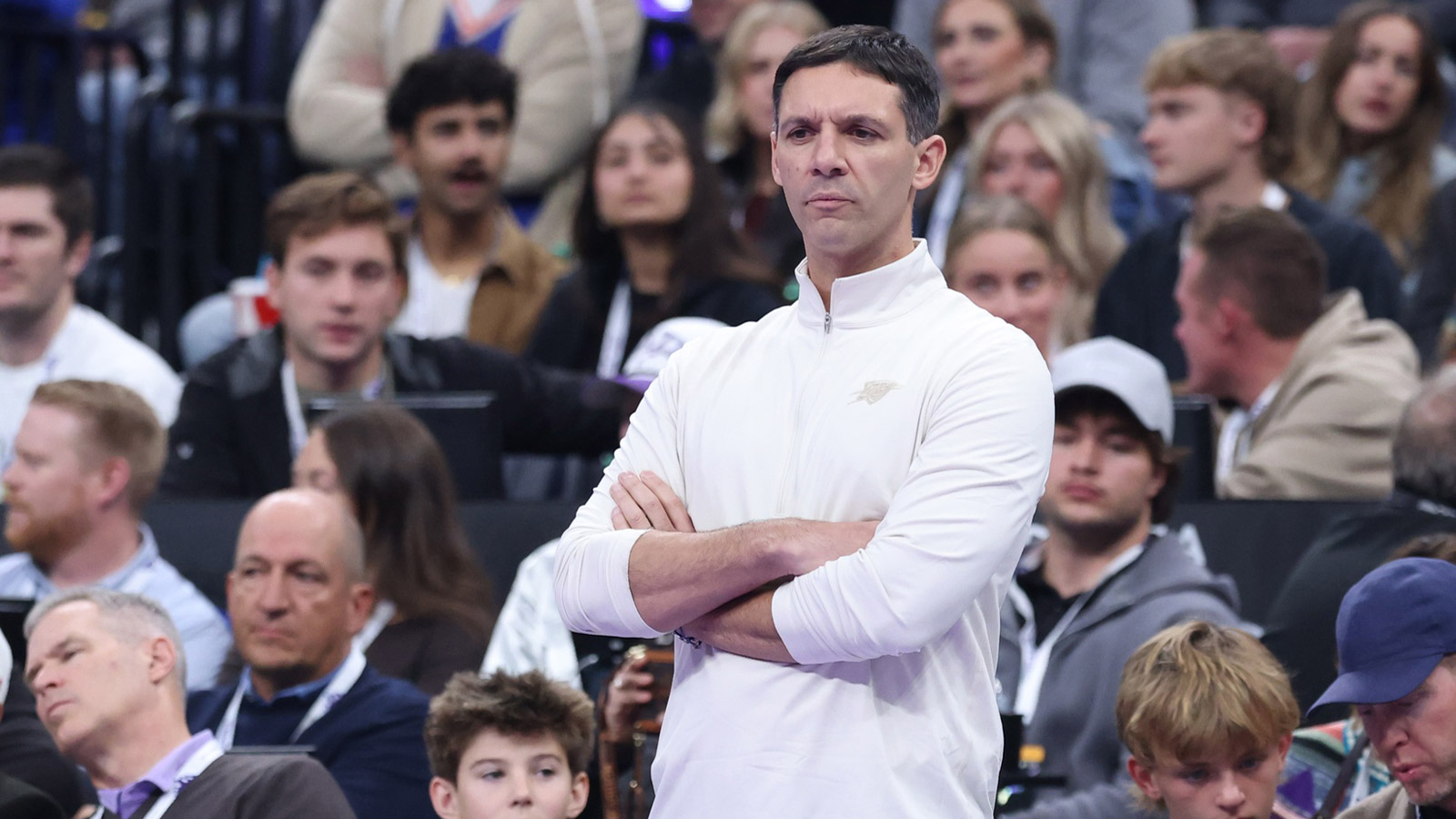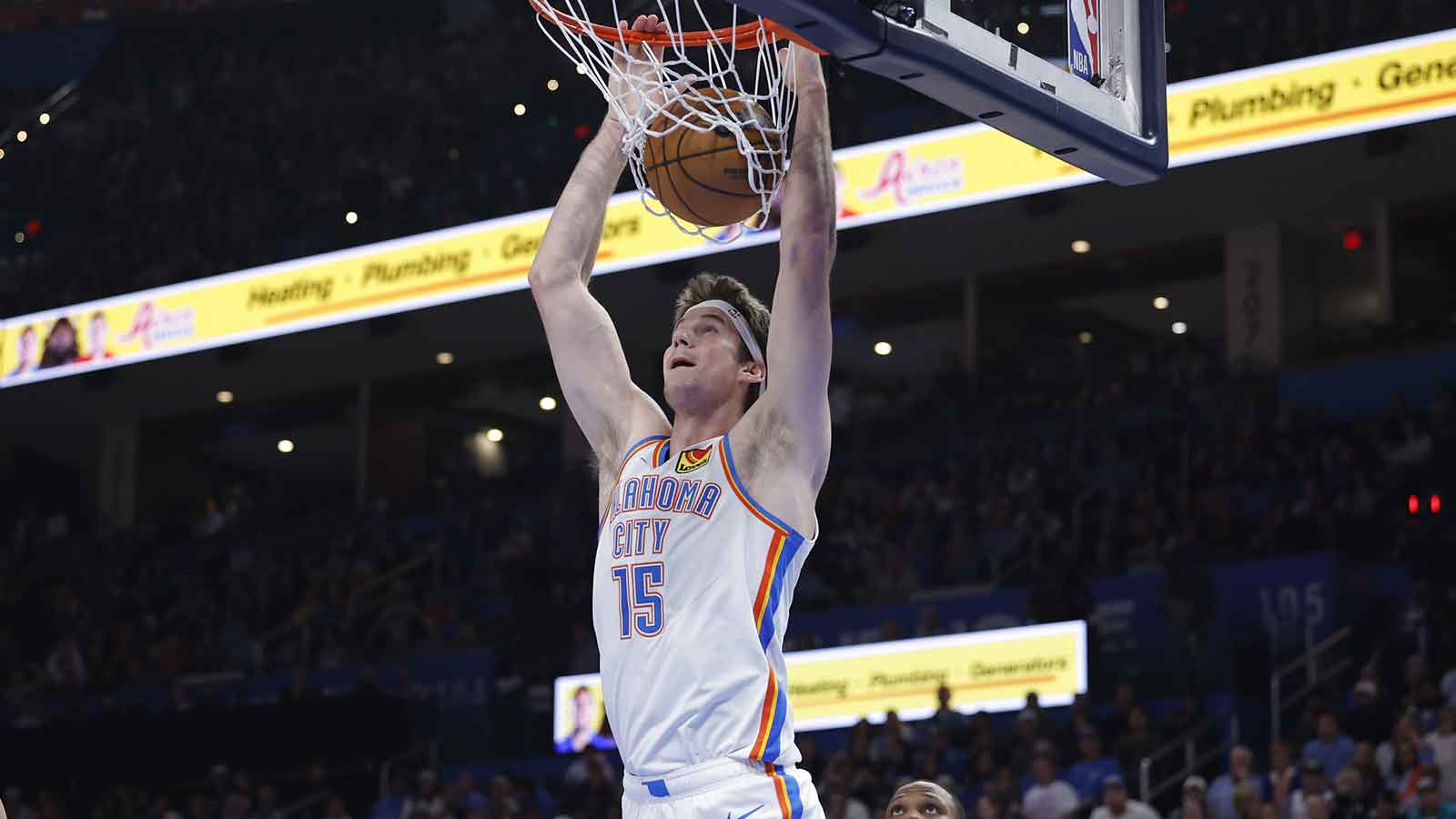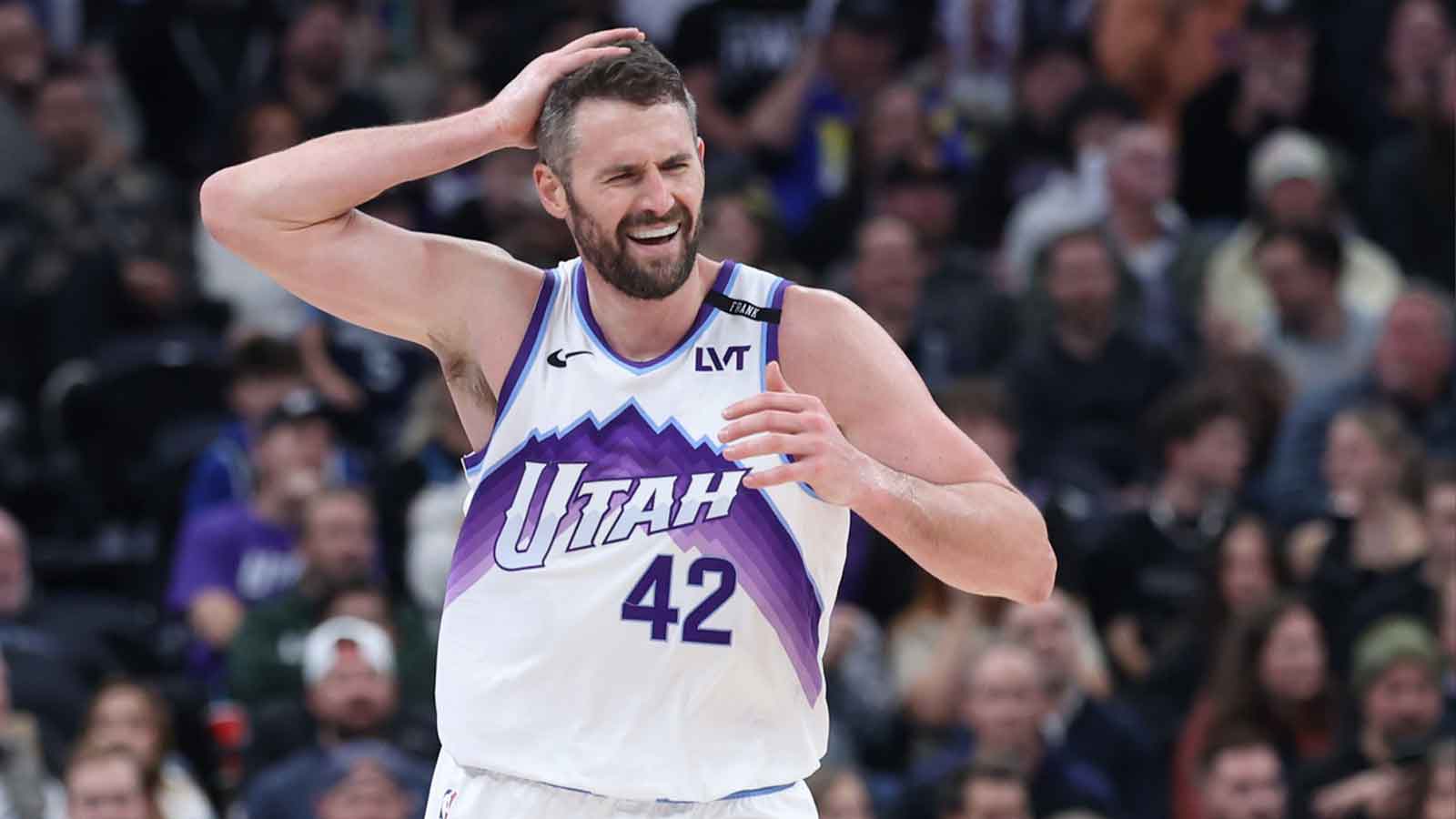Arguably no team had a more eventful two days at the 2025 NBA Draft than the Utah Jazz. After taking a shot on controversial prospect Ace Bailey with the No. 5 pick, the Jazz traded up for 2025 Final Four MVP Walter Clayton Jr. and ended the event with unanimous All-American John Tonje.
Technically, the Jazz drafted four players across the two rounds. However, the Danny and Austin Ainge-led management traded Will Riley and Jamir Watkins for Clayton. By the end of the draft, the Jazz managed to add three of the biggest stars from the 2024-2025 college basketball season to their roster.
With one of the youngest rosters in the league, the Jazz do not have much else on their plate in the 2025 offseason. Following the somewhat surprising Collin Sexton-Jusuf Nurkic trade and their intention to buy out Jordan Clarkson, Utah has 10 players under contract for the upcoming season. Those do not include any of the team's recent draft picks, who have yet to sign their rookie deals.
Given the state of the organization, Bailey will almost certainly be the Jazz's top offseason acquisition. Despite the concerns he raised throughout his pre-draft process, Bailey is still the best scorer of the class.
The Jazz will have a lot to evaluate in the upcoming season, but enjoyed a successful night at the 2025 NBA Draft. Early grades are merely tentative, given the unknowns of each player's transition, but Utah clearly had one of the most interesting draft classes in the league.
Round 1, Pick 5: SG/SF Ace Bailey (Rutgers)
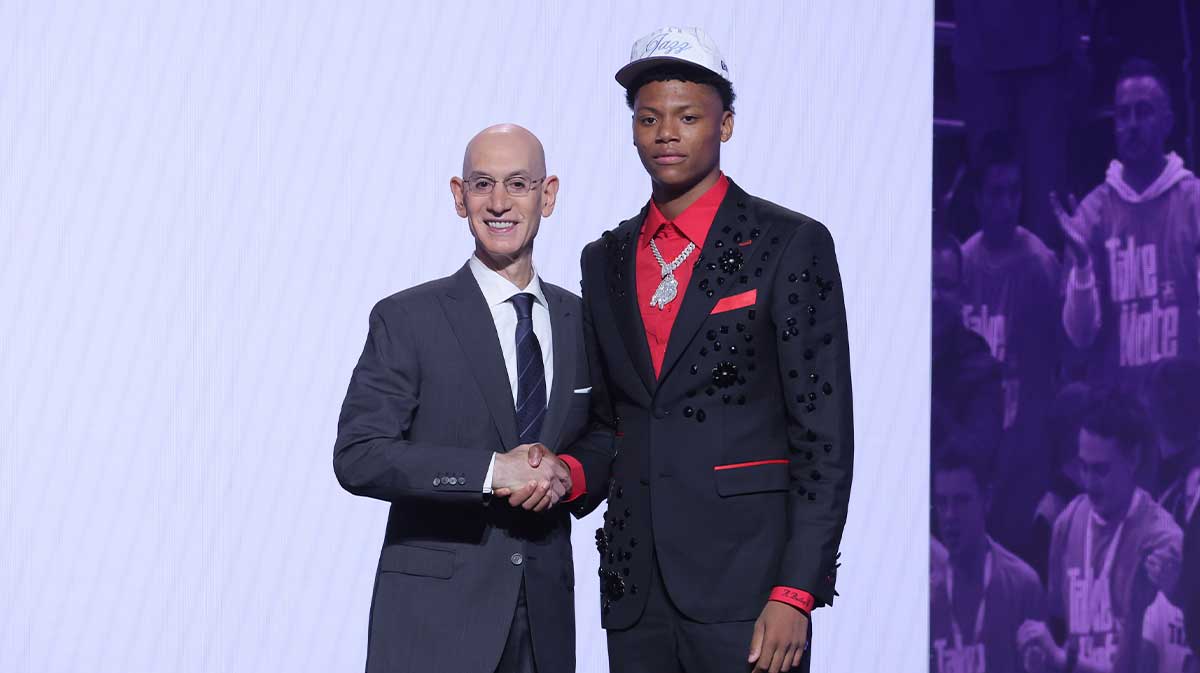
Ace Bailey is easily the most controversial lottery prospect of the draft, but he is undeniably a special talent. Bailey is easily the top bucket-getter of the class, even more than No. 1 overall pick Cooper Flagg.
Like any prospect, there are clear holes in his game, even without considering his unusual pre-draft process. Bailey is not the quickest defender, and his 1.3 assists per game at Rutgers left a lot to be desired. With a mere 6-foot-10, 200-pound frame, Bailey would also benefit from adding to his slim physique. Even Kevin Durant, whom he is often compared to, outweighs him by nearly 50 pounds.
Regardless, Bailey should still immediately elevate the Jazz's offense. While it is unlikely that he becomes the team's leading scorer out of the gate, Bailey could very well be a 15-plus point-per-game scorer as a rookie. He thrived with the ball in his hands at Rutgers, but Bailey is also adept off the ball, which he will do a lot of while playing with Keyonte George, Isaiah Collier and Lauri Markkanen.
The Jazz traded Sexton, but still have a crowded backcourt with Clayton entering the mix. Bailey played a lot of guard in college, but will be asked to fill different roles in Utah, which he is undoubtedly capable of.
While the biggest questions about Bailey regard his desire to play in Utah, he has voiced nothing but excitement since getting drafted. Perhaps the situation will become a serious issue, but it will likely become another forgotten storyline within just a matter of months.
Many see Bailey as a project, but his gifted scoring ability is something this rebuilding Jazz team desperately needed. He might not have been the best fit for the team on the board, but he was clearly the top available player at No. 5. If his career gets off to the right start, Bailey could easily push Flagg for Rookie of the Year.
Grade: A-
Round 1, Pick 18: PG Walter Clayton Jr. (Florida)

The Jazz had a plethora of guards entering the draft, which made their decision to leave with two more quite unusual. Bailey was clearly the top available prospect at No. 5, but trading up for Walter Clayton Jr. seemed peculiar, given Utah's overloaded backcourt.
However, immediately after the draft, Utah made its intentions clear by sending Sexton to the Charlotte Hornets and announcing its decision to release Clarkson. The moves make way for Clayton, a natural-born leader fresh off a national title, to become an immediate contributor.
With George and Collier sharing point guard duties, Clayton will likely begin his career on the bench. But unlike Bailey, the 22-year-old is less of a project and someone the Jazz clearly believe can make an immediate impact. Getting rid of Sexton and Clarkson, its top two guards in 2024-2025, only reinforces the team's confidence in its new crop of talent.
Clayton is not the quickest or most athletic guard, nor did he have the best assist-to-turnover ratio in college. Yet, those were the same concerns many had about him when he transferred from Iona to Florida. They hardly seemed to matter, as Clayton's continuous domination led to him winning the 2025 Final Four MVP award.
While he is best with the ball in his hands, Clayton will spend a lot of time off the ball in 2025-2026. His size might make it difficult for him to defend opposing shooting guards, but Clayton's catch-and-shoot ability allows him to be effective in both guard positions. He should immediately fit into the Jazz's rotation and provide solid insurance should the team deal with the same injury woes it dealt with in 2024-2025.
Considering that Danny Ainge recognized immense success in scouting guards with the Boston Celtics, Jazz fans should feel confident in his belief in Clayton. The 22-year-old shares a lot of similarities with Payton Pritchard, who quickly developed into a key piece of the Celtics' 2024 championship team.
Grade: B
Round 2, Pick 53: SF John Tonje (Wisconsin)
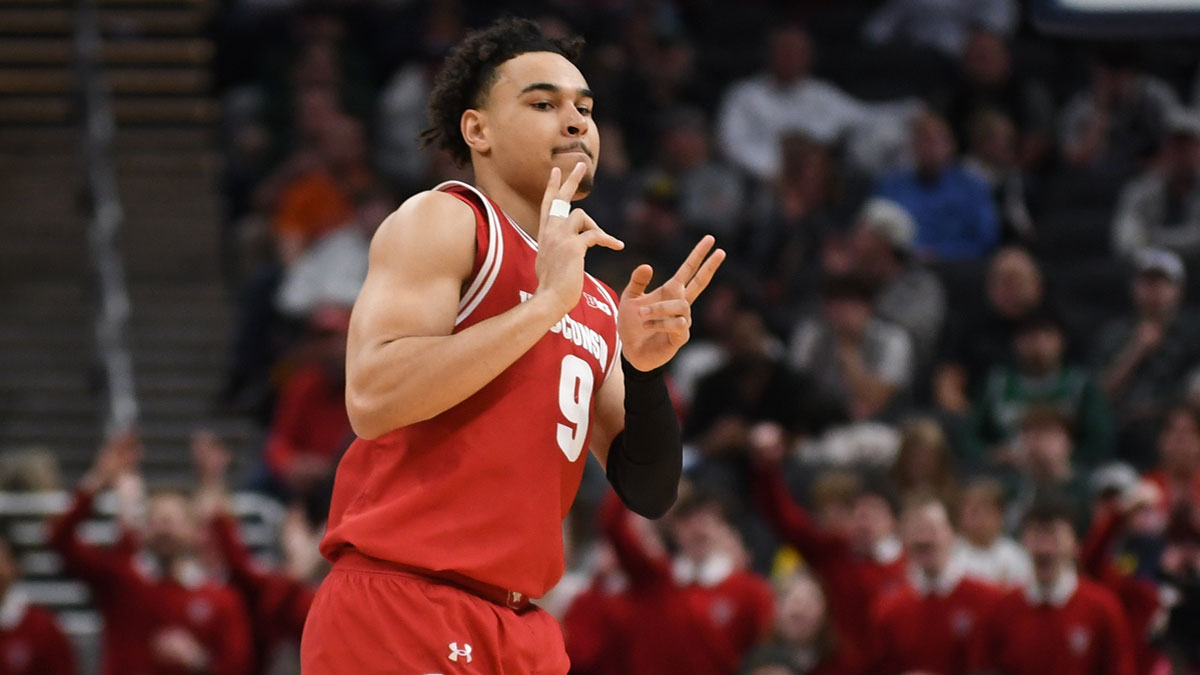
Despite becoming an All-American in 2024-2025, John Tonje fell all the way down to the end of the draft. His age, 24, and lack of athleticism raised red flags among scouts, keeping him out of the first-round conversation. Tonje was still one of the best scorers in the country in his lone year at Wisconsin, but was only productive in two of his six years in college.
Tonje was virtually invisible throughout his first three years at Colorado State before finally breaking into the starting lineup as a senior. His attempt to transfer to Missouri for a fifth year failed when a preseason foot injury limited him to just eight games in the 2023-2024 season. However, betting on himself worked in year six, when Tonje looked like a completely different player, averaging 19.6 points and 5.3 rebounds to lead Wisconsin back to the NCAA Tournament.
There were too many questions about Tonje to convince scouts into overlooking his age, but there were few players with more name value and potential available at No. 53. Tonje has a smooth shooting stroke and above-average size for the position that will allow him to adjust to the next level. Many also criticized his high volume of free throw attempts, but it is hard to argue against a 90.9 percent foul-line shooter.
The most likely scenario is that Tonje spends a few years in the G-League before migrating overseas. His slow lateral movement will likely limit his three-and-D potential, and Wisconsin has not had much success developing NBA prospects. But for a late second-round pick, there is not much risk in taking a gamble on a consensus All-American talent.
Grade: B+

